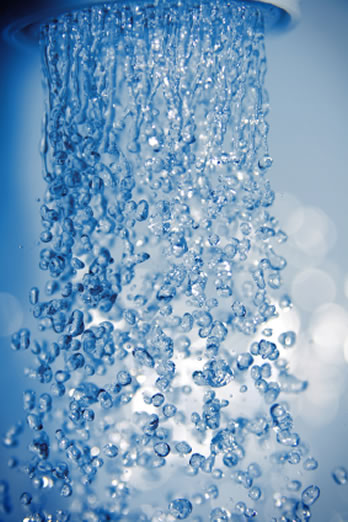Legionella Control - Risk Assessment, Monitoring and Record Keeping
The first identified Legionnaires' disease outbreak occurred in 1976 at an American Legion Convention in Philadelphia. Legionnaires' disease is contracted by the inhalation of water droplets or nuclei contaminated with Legionella bacteria. Anything that produces a water spray can therefore potentially be a source of transmission of legionella. For example, the operation of cooling towers, evaporative condensers, showers, spray taps, spa pools, car washes, fountains and even conventional taps may allow the creation of such aerosols.
Legionnaires' disease is potentially fatal, with mortality rates greater in high risk population groups, such as the elderly or those with underlying health issues or compromised immune systems.
The Management of Health and Safety at Work Regulations provide a broad framework for compliance with legislation in the workplace. The Control of Substances Hazardous to Health Regulations (COSHH) specifically provides a framework designed to assess, prevent or control the risks from bacteria such as Legionella. The HSE Approved Code of Practice (ACOP) L8: Legionnaires’ disease: ‘The control of Legionella bacteria in water systems’ contains practical details of how to manage and control the risks in your system, which is supported by HSE guidance documents HSG274 Parts 1, 2 and 3.
ACOP L8 states that to comply with their legal duties employers and those with responsibilities for the control of premises should:
- identify and assess sources of risk;
- prepare a written scheme for preventing or controlling the risk;
- implement, manage and monitor precautions;
- keep records of the precautions, and
- appoint a competent person to help take measures needed to comply with the law.
These form the backbone of our service.
We do not offer cleaning services, chemical treatments or any other form of remedial work. Therefore, you can be sure of receiving unbiased, independent advice.
Our Risk Assessments focus on highlighting all water systems at the building and surveying comprehensively those considered to present a significant risk. A detailed report is then prepared which includes prioritised remedial works recommendations and details of an appropriate programme of regular monitoring of the water systems in the building. These two documents assist in the preparation of the formal 'Written Scheme' for controlling the risk which is a requirement of ACOP L8.
In addition, we also provide a full consultancy service backed by our extensive knowledge and long-term experience in the legionella industry.

